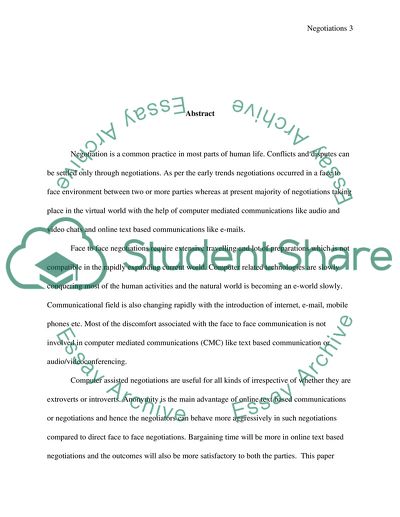Cite this document
(“The Impact of Computer-Mediated Communication Research Paper”, n.d.)
The Impact of Computer-Mediated Communication Research Paper. Retrieved from https://studentshare.org/information-technology/1726492-how-computer-mediated-communication-effects-the-way-of-negotiation-the-impact-of-online-text-based-communication-in-an-online-negotiation
The Impact of Computer-Mediated Communication Research Paper. Retrieved from https://studentshare.org/information-technology/1726492-how-computer-mediated-communication-effects-the-way-of-negotiation-the-impact-of-online-text-based-communication-in-an-online-negotiation
(The Impact of Computer-Mediated Communication Research Paper)
The Impact of Computer-Mediated Communication Research Paper. https://studentshare.org/information-technology/1726492-how-computer-mediated-communication-effects-the-way-of-negotiation-the-impact-of-online-text-based-communication-in-an-online-negotiation.
The Impact of Computer-Mediated Communication Research Paper. https://studentshare.org/information-technology/1726492-how-computer-mediated-communication-effects-the-way-of-negotiation-the-impact-of-online-text-based-communication-in-an-online-negotiation.
“The Impact of Computer-Mediated Communication Research Paper”, n.d. https://studentshare.org/information-technology/1726492-how-computer-mediated-communication-effects-the-way-of-negotiation-the-impact-of-online-text-based-communication-in-an-online-negotiation.


